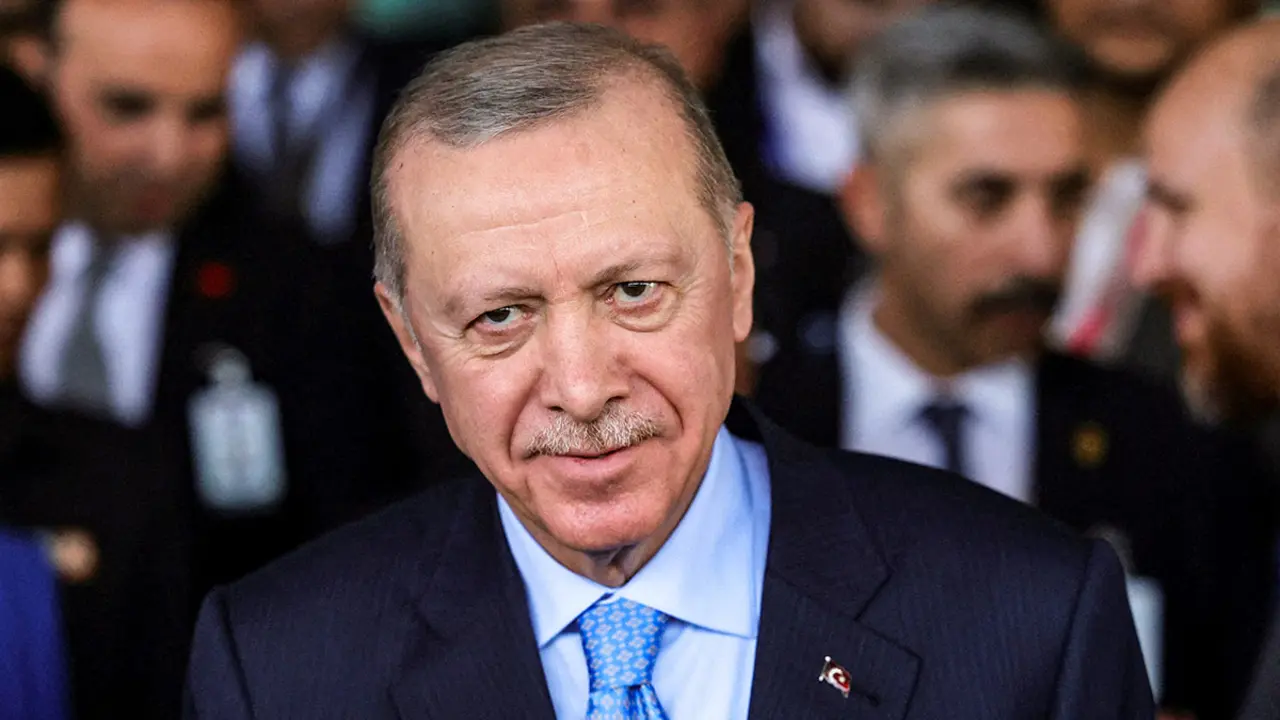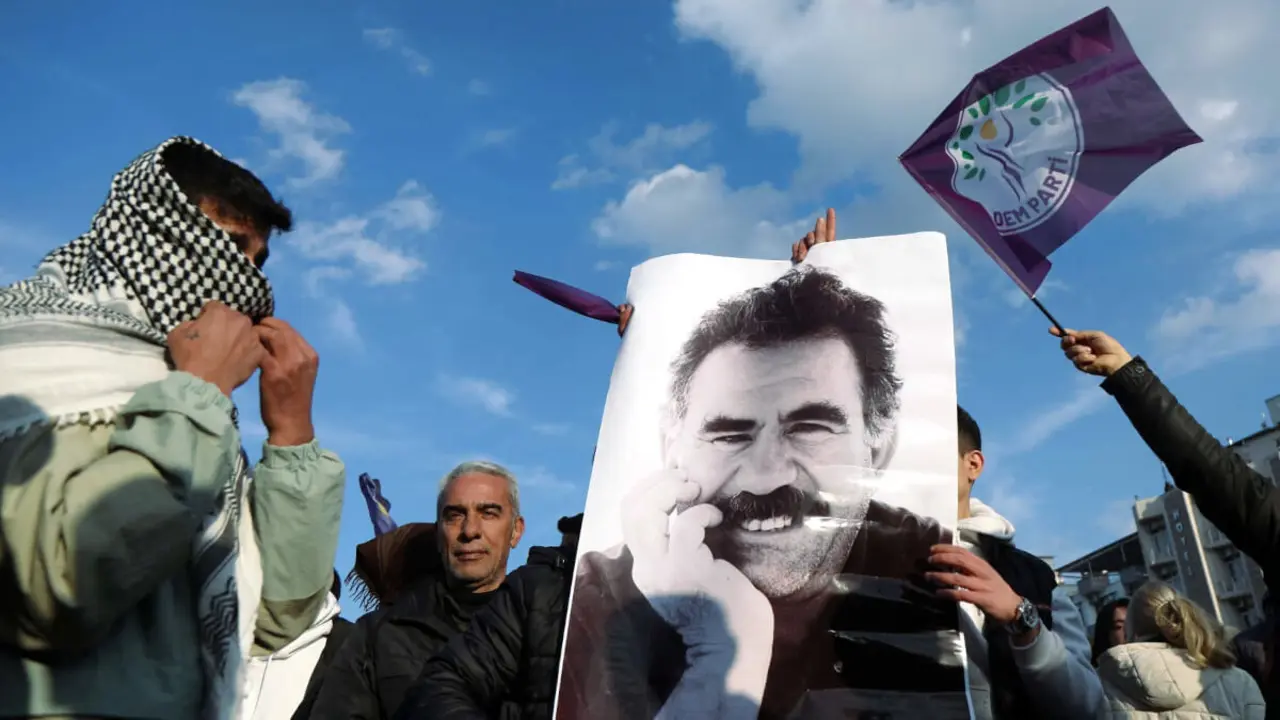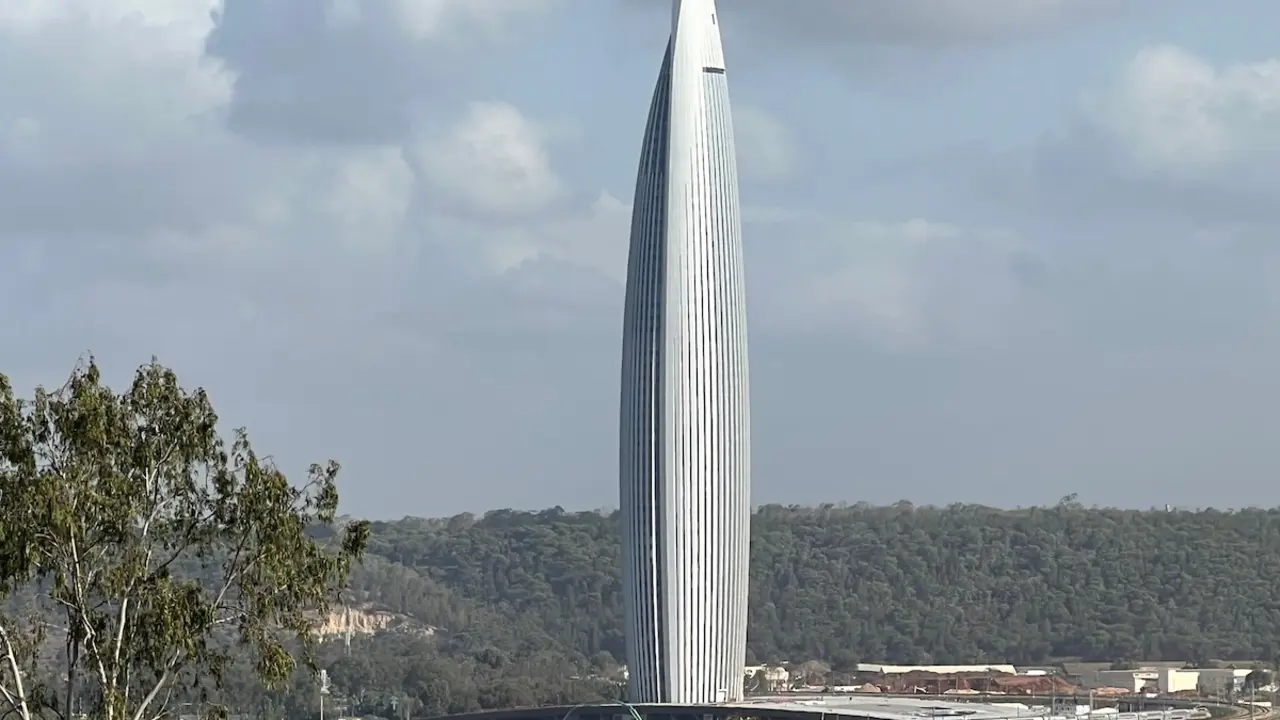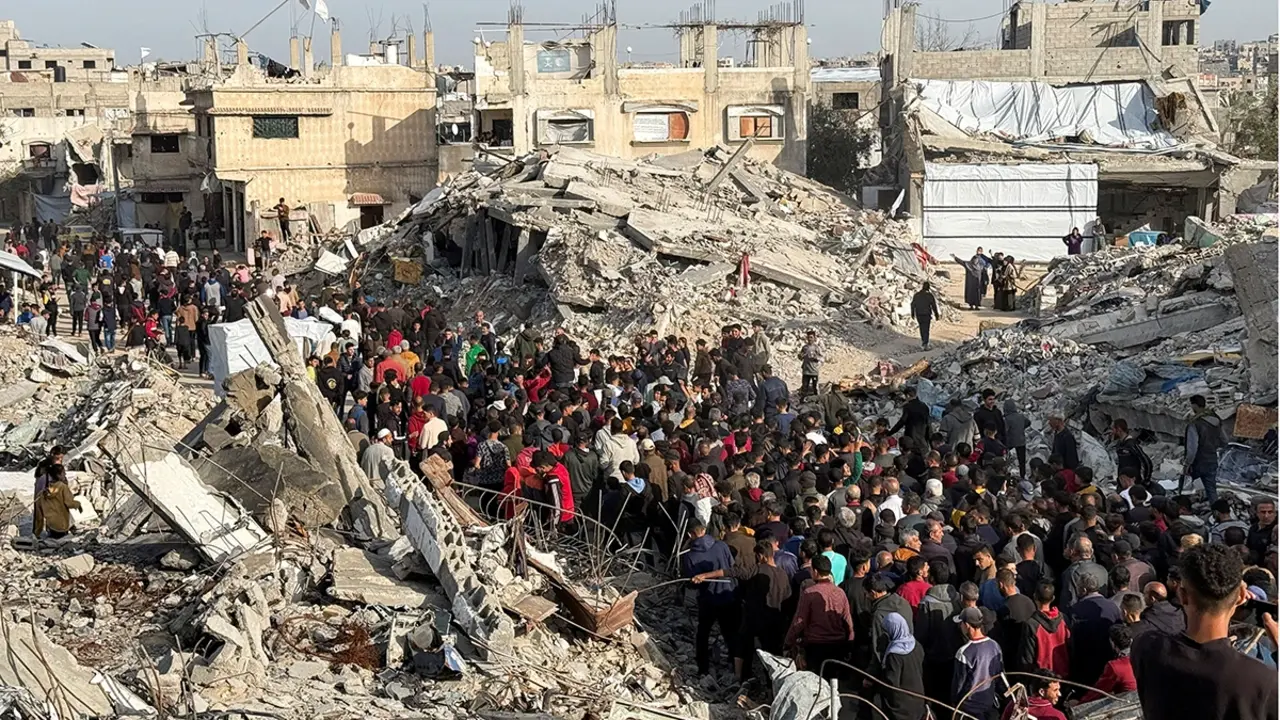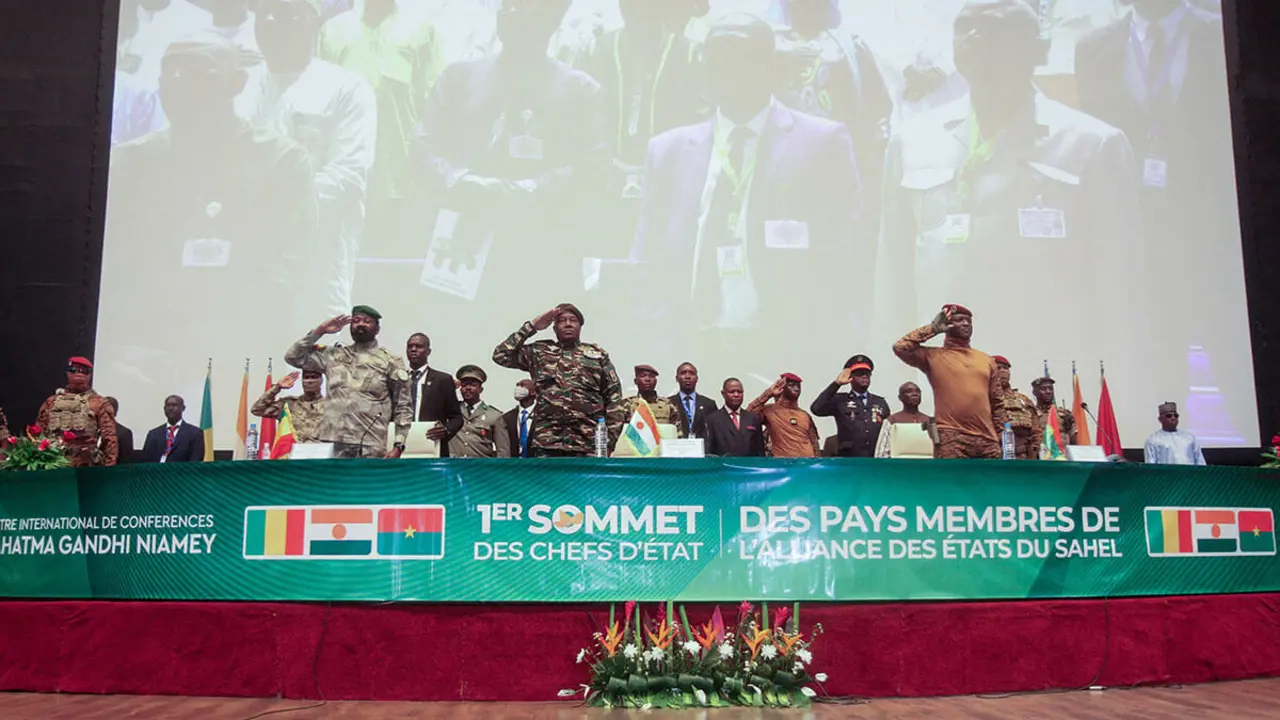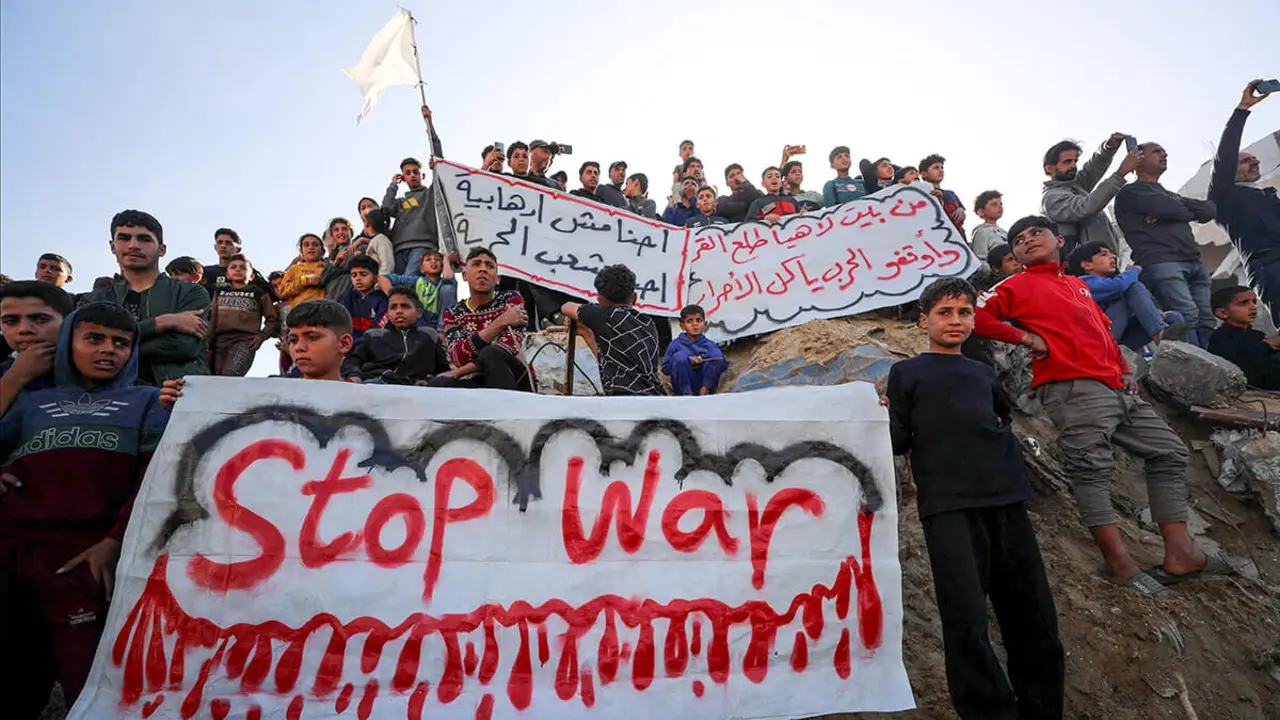Dozens killed in Uzbekistan following protests against constitutional reform

The Uzbek constitution, in force since 1992 after the dissolution of the USSR, guarantees the sovereignty of the Karakalpakistan region and its right to "secede from the Republic of Uzbekistan on the basis of a national referendum held by the Karakalpak people". This unknown Turkic community with a nomadic tradition, based in Central Asia, forms a minority with 'de jure' autonomy within the Uzbek state, a special legal regime with historical reminiscences that, three decades later, is in serious danger.
Uzbekistan's President Shavkat Mirziyoyev proposed a constitutional reform whose initial draft did not include Karakalpakistan's sovereignty, which is reflected in numerous articles of the Magna Carta. The word had been intentionally removed from the legal draft, according to initial leaks, with the aim of removing the region's autonomy on paper. Although the remote Central Asian Republic does not enjoy the 'de facto' independent status that the constitution theoretically grants it.
The draft would be subject to public debate until Monday 4 July. After that, the Uzbek authorities would set the date for a nationwide referendum to ratify the constitutional amendments in a conditional vote at the outset. This was the initial plan of Mirziyoyev, the former prime minister since 2003 during the presidency of Islam Karimov and his immediate successor - through constitutional violation - after the death in 2016 of the "father of the fatherland" after 25 years of dictatorial rule.
Uzbekistan: This protest footage, apparently filmed in Nukus, Karakalpakstan, on July 1 (not today), defies belief. To dismiss this as the work of criminal gangs is really very unwise pic.twitter.com/9pBbyQqblN
— Peter Leonard (@Peter__Leonard) July 2, 2022
As head of the Tashkent government, Karimov agreed in 1992 with the Karakalpak authorities to join the Republic of Uzbekistan while maintaining their right to secede. The Uzbek leader then pledged to organise a referendum on independence, but during the more than two decades that he held power, however, he devoted himself to persecuting and silencing critical and pro-independence voices in the Republic of Karakalpakistan. A 'modus operandi' inherited and perpetuated by Mirziyoyev, whose legal reform also extends presidential mandates, which would allow him to remain in office.
What neither the Uzbek leader nor the members of the government had not counted on was the social outburst that this measure would provoke. According to local media, at around 3 p.m. on Friday 1 July, a large group of demonstrators gathered in the Karakalpak capital of Nukus to demand the immediate release of Dauletmurat Tazhimuratov, a well-known lawyer and journalist who had been detained by the authorities for denouncing the intentions of the Tashkent regime.
The protests escalated and soon turned into serious unrest as a result of aggressive intervention by the security forces, despite the initially peaceful nature of the demonstrations. The authorities are said to have cracked down hard on the demonstrators. In images disseminated on social networks, which could not be verified by Atalayar, several people can be seen with serious injuries. A video shot from a terrace, apparently from Nukus, shows a huge pool of blood in a wide avenue surrounded by Uzbek police.
Protests in Nukus, Karakalpakstan continue. Uzbek President Mirziyoyev already suggested not to amend the articles 70, 71, 72, 74, 75 of the constitution on the sovereignty and status of Karakalpakstan. But his forces are suppressing the protests. Emergency declared till August 2 pic.twitter.com/TMq00R4roc
— Kamil Galeev (@kamilkazani) July 2, 2022
The Tashkent authorities, who rank 150th out of 165 countries in the latest Democracy Index despite the timid reforms implemented by Mirziyoyev, caused a media blackout to prevent the protests from spreading. The government's tight control over the media, the Internet and other communications was not enough to contain the scope of the events, which soon gained prominence due to the harshness of the images. In addition, the authorities closed shops to prevent further damage.
Uzbekistan has not seen such significant public unrest since May 2005, when security forces cracked down hard on protests in Andijon, the country's fourth largest city, leaving hundreds dead in their wake. In the case of Karakalpakistan, the constitutional amendments are the last straw. The territory of the Republic, which is at least a third of the size of the country and home to only 5 per cent of the total Uzbek population, is an underdeveloped area.
Ivan U. Kłyszcz, a Polish-Mexican researcher at the Estonian University of Tartu, tells Atalayar that "any path to real autonomy was immediately cut off. The word 'sham' is often used to refer to this status. The symbols of autonomy are just a façade for what it really is: one more region under Tashkent's rule." In USSR times, before it was integrated into Uzbekistan, the region enjoyed a certain degree of autonomy within extreme Soviet centralism. "Strictly speaking, this is a post-Soviet crisis. It is directly shaped by Karakalpakistan's Soviet heritage and by the decisions made by Soviet elites after Uzbekistan's independence," says Kłyszcz.

President Shavkat Mirziyoyev on Saturday rushed to the semi-autonomous republic of western Uzbekistan, mostly desert but bathed to the north by the polluted Aral Sea, for a meeting with lawmakers from the Jokargy Kenes, the Supreme Council of Karakalpakistan. Before the body, Mirziyoyev backtracked on the elimination of Karakalpak sovereignty in the constitutional reform. At the same time, the president threatened to "take strict measures" against protesters.
Mirziyoyev took the opportunity to absolve himself of responsibility. "You took the initiative, signed it and approved it [...] Why didn't you call me to tell me that people were upset?" he asked local MPs. But, as Kłyszcz explains to this newspaper, the crisis also has deeper causes: "First and foremost the ecological devastation of the Aral Sea and its economic and social consequences. The authoritarian system that has been in place in Uzbekistan for decades has also exacerbated these conditions.
The Uzbek leader blamed protesters for breaking into government buildings, causing extensive damage to public property in Nukus, "including broken windows and fires". Speaking from the Karakalpak capital, Mirziyoyev acknowledged the deaths of protesters, including security officers, and declared a state of emergency in the region to prevent further protests. "The emerging signs suggest that Mirziyoyev has opted for violence and repression of the demonstrations against the constitutional amendment. This decision risks regional stability as it escalates a conflict that used to be latent and now threatens to turn violent," Kłyszczv said.

